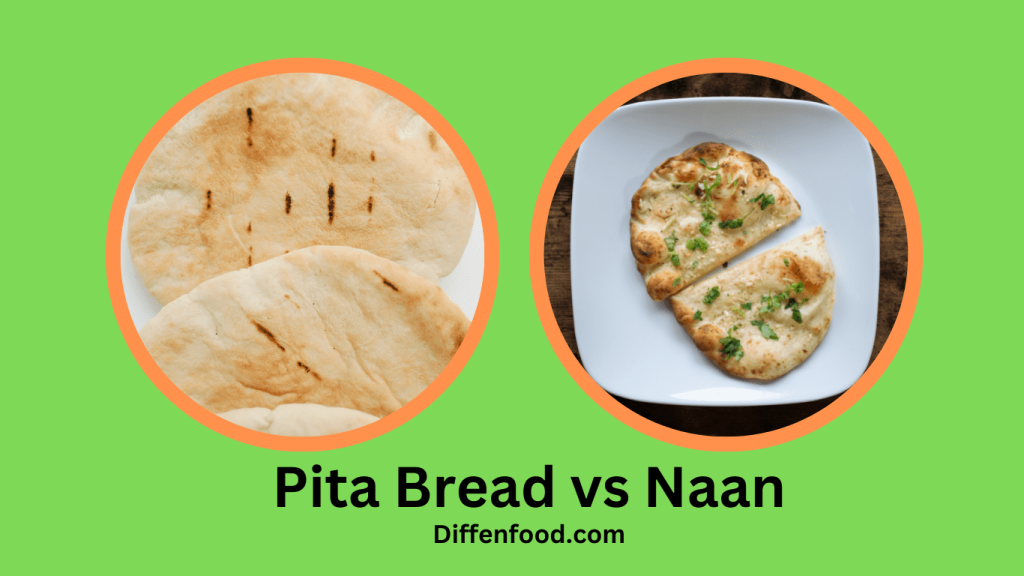
Shallots
When it comes to seasoning dishes, shallots and red onions are two of the most popular ingredients for chefs and home cooks alike. But while they may look alike, there are some subtle yet crucial differences between these two members of the allium family. This guide will help you understand the differences between shallots and red onions, so you can decide which one is best for your next culinary creation.
The Basics of Shallots and Red Onions
Both shallots and red onions belong to the allium family, which also encompasses garlic, leeks, and scallions. Shallots possess a milder and more delicate taste compared to regular onions, and their subtle sweetness imparts a rich depth of flavor to various dishes. Shallots are small and elongated, typically resembling the size of a golf ball, featuring light brown or gray skin with a pale white interior.
On the other hand, red onions, as the name suggests, display a red hue with white or purple flesh. Red onions possess a significantly sharper and more pungent flavor than shallots and are commonly utilized in their raw form in salads or as toppings for burgers and sandwiches.
Nutritional Values
When it comes to nutrition, both shallots and red onions provide a significant amount of vitamins and minerals. Shallots are a good source of vitamins A and C, folate, and potassium, while red onions are rich in antioxidants, vitamin C, and fiber. Both are also low in fat and calories, making them a great addition to any healthy diet.
Flavor Profiles
When it comes to flavor, the main difference between shallots and red onions is their intensity. Shallots have a milder, more delicate flavor than red onions, and are usually used in cooked dishes. Red onions, on the other hand, have a much sharper, more pungent flavor, making them better suited for raw dishes, such as salads and sandwiches or as a topping for burgers and tacos.
Cooking Techniques
When it comes to cooking, shallots and red onions can both be used in a variety of dishes. Shallots are often used in sauces, soups, and stews, and can also be sautéed or roasted for a more intense flavor. Red onions are most commonly used raw, but can also be cooked. They can be caramelized for a sweet flavor, roasted or grilled, or added to stews and soups for added flavor.
Storage
When it comes to storage, both shallots and red onions should be kept in a cool, dark place. Shallots should be stored in a paper bag or a breathable container to keep them from drying out. Red onions should be stored in a cool, dry place, like the refrigerator, and should be used within a week of purchase.
Choosing the Right Ingredient
When it comes to choosing between shallots and red onions, it really comes down to personal preference. Shallots are milder and more delicate, while red onions are sharper and more pungent. So, when deciding which one to use in your dish, consider the flavor profile you’re trying to achieve and the cooking techniques you’ll be using.
Conclusion
Shallots and red onions are both members of the allium family, and both have their own unique flavor profiles. Shallots are milder, more delicate, and better suited for cooked dishes, while red onions are sharper, more pungent, and better suited for raw dishes. When choosing which one to use in your dish, consider the flavor profile you’re trying to achieve and the cooking techniques you’ll be using. With this guide to the differences between shallots and red onions, you can make the best decision for your next culinary creation.


